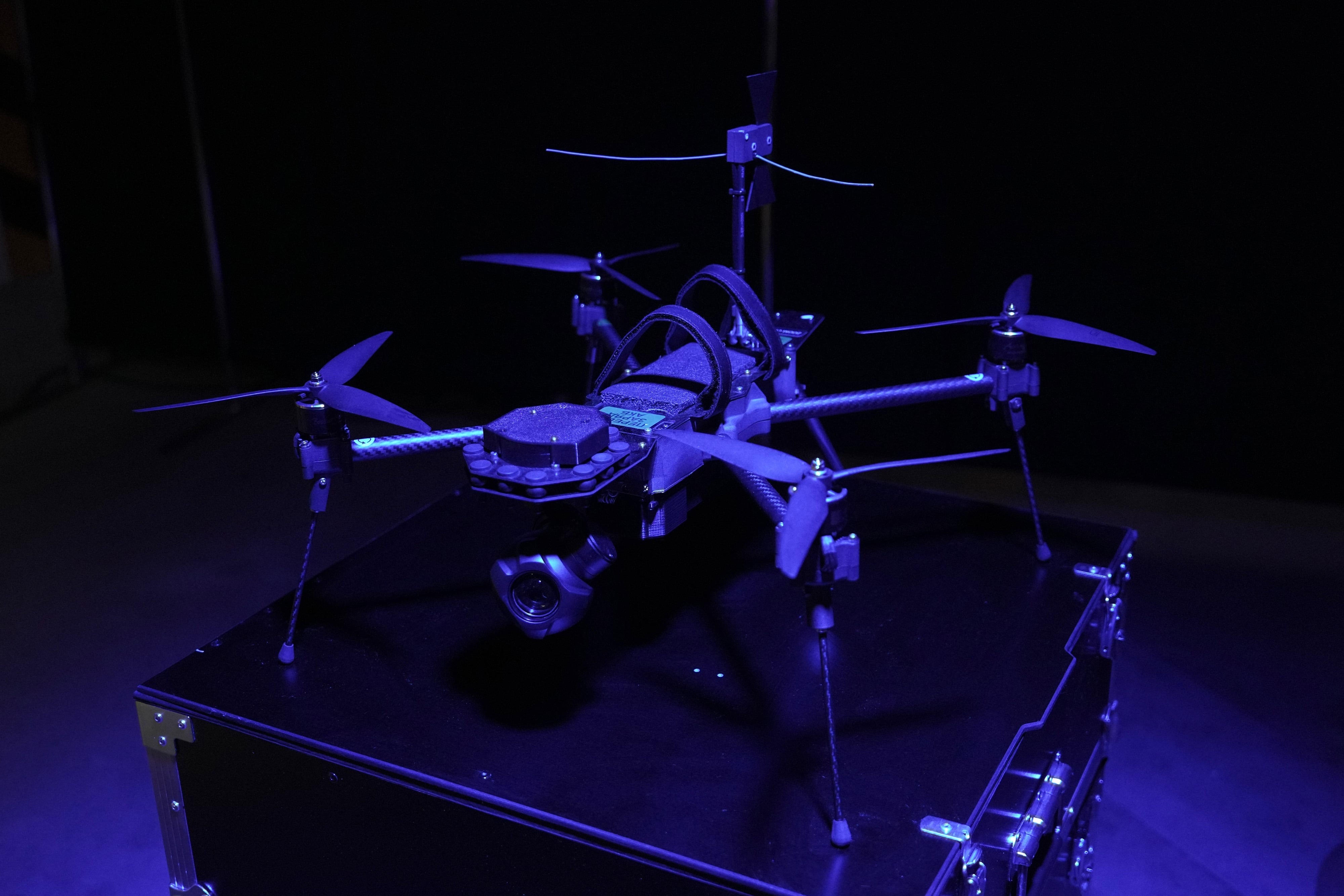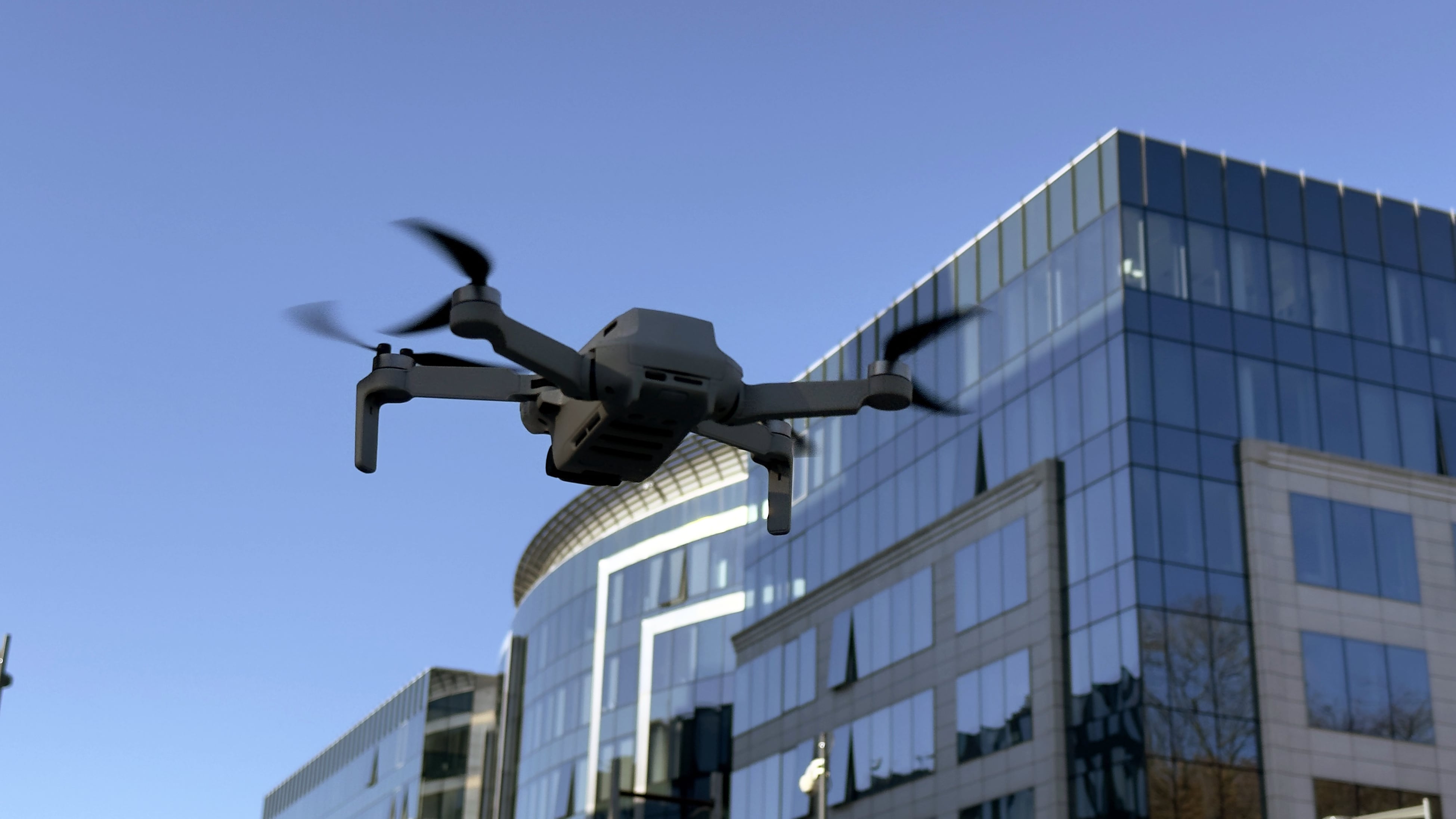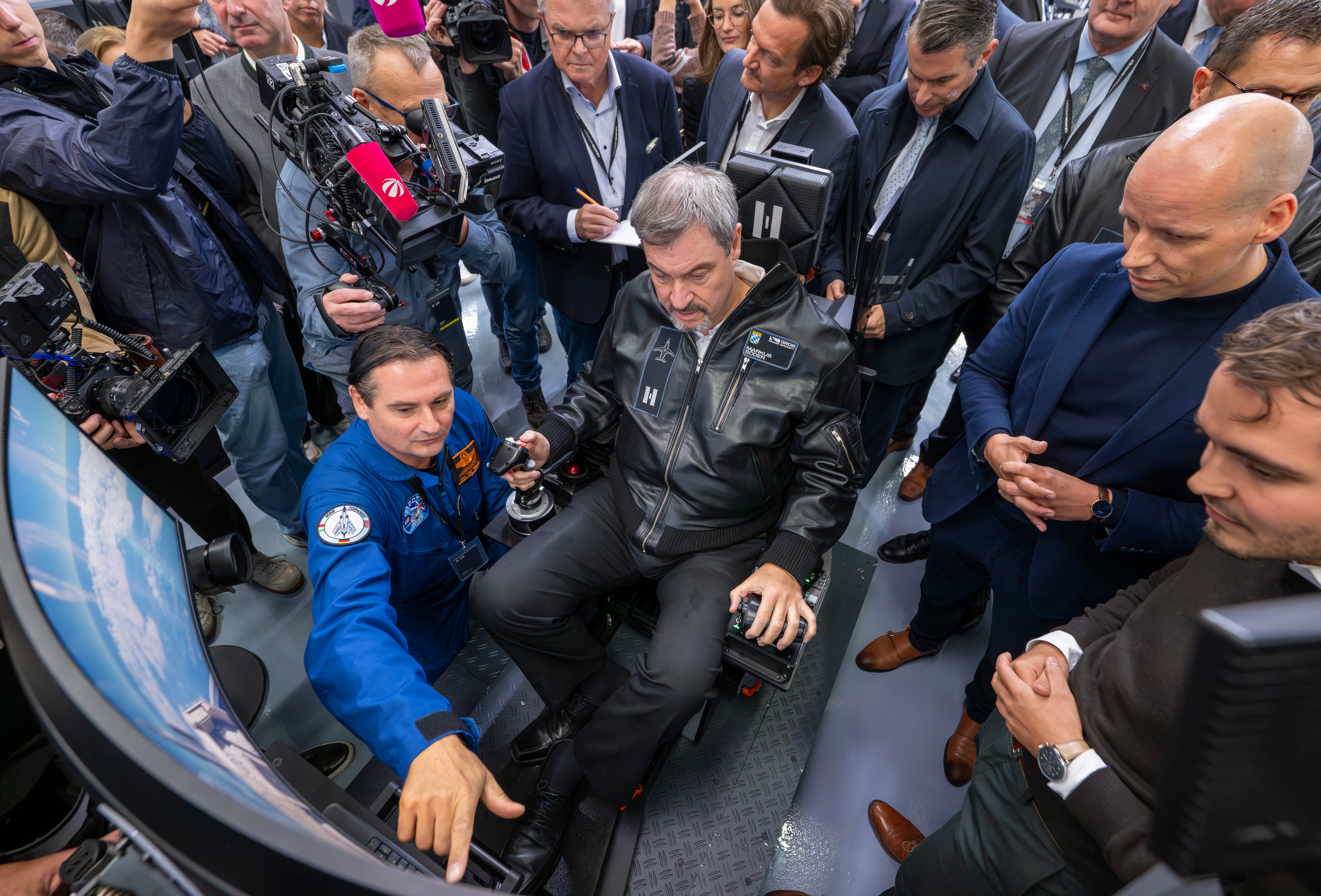The Coast Guard is ramping up command and control capabilities for its small-boat fleet.
A new navigation system will streamline communications, implementing electronic tools to replace paper-based search and rescue functions and automate manual target-of-intercept plotting.
"In a small boat with a small crew in a dynamic environment, this could be a game changer," said Roger Fuller, sponsor's representative in the Coast Guard's C2 & Operations Information Systems Division. "When you have only three to five people on a boat and you're doing 35 knots with the operator trying to enter key strokes — that's a pretty tough deal."
Coast Guard small boats are less than 65 feet long and operate within 30 miles of the coastline. The navigation system upgrade could impact some 2,000 such vessels.
Marine electronics company Furuno has furnished nav systems to the small boats for 15 years. For the latest iteration the Coast Guard has handed the work to FLIR Systems through a $50 million indefinite delivery, indefinite quantity contract. Systems are slated to begin delivering in May.
The systems include multi-function navigation displays, radars, sonars, remote instrument displays and autopilots from Raymarine, a FLIR brand. All the components will be integrated with the Raymarine Lighthouse operating system.
The most obvious improvement to the new system will be in the arena of search and rescue patterns, said Raymarine Product Manager Mark Garland.
"Today the crews have to manually lay these out, on paper, often in less-than-favorable conditions. They receive the search and rescue pattern over a radio communication, relying on voice, which can be interpreted wrong or can be entered incorrectly," he said. "You are introducing layers of possible error."
The new system will relay the search pattern electronically directly from the search commander to the ship's computer.
"The message is received into the system and it pops up with a notification, just like it would on your phone," Garland said. Augmented by a GPS chart plotter that is tied to radars and sonar, "it is received directly onto an electronic map as a route with lines on the chart that show where the boat is to go."
The Coast Guard is leveraging the nationwide Automatic Identification System system, or AIS, as the infrastructure to support the data exchange. Typically AIS has not been used to share data between command units and vessels, but rather as a collision avoidance system, "but the data network has tons of room for transmitting this kind of information. It's a cheap and easy way within line of sight to transmit these small pieces of data," Fuller said.
That data will also include target of intercept information. Here again, the emphasis is on streamlining a cumbersome manual process. Rather than have each individual vessel employ automatic radar plotting aids (ARPA) to track a person or object in the water, the new system will make an automatic calculation and share the trajectory with all vessels involved in an incident.
"Now you can transmit that target of interest and it will be automatically received by other vessels. Everyone will see a red marker, and you will now have a point that everyone is tracking," Garland said. "You'll be able to automatically plot an intercept course, a line that updates automatically for all vessels involved."
Fuller anticipates the computer interfaces will significantly improve performance in critical scenarios.
"If you are a person out in the water with nothing but a life jacket, they would want us to be as accurate as possible, and right now it takes time to poke all those numbers in to create a route," he said. "If we automate the transmission of search patterns it will make the operator's life much easier and it will make the search more accurate."
The Coast Guard operates 56 different types of small boats. While the initial rollout will address 26 of these platforms, FLIR expects to eventually roll out the nav system across all the small-boat types, without having to make dramatic changes to the basic configuration.
"We can take a small number of peripherals and create boat kits that are specific to all these different Coast Guard platforms," he said. "They may differ by one additional display, or maybe a larger boat will get an additional thermal camera. But there will be a common software interface that ties together the navigational display."








